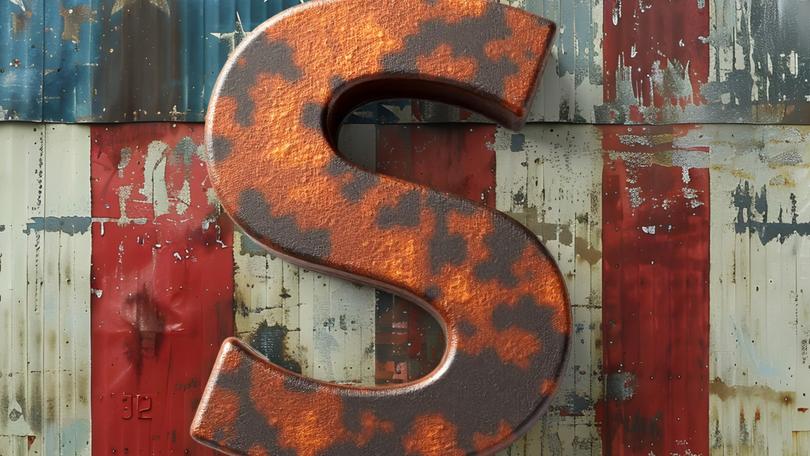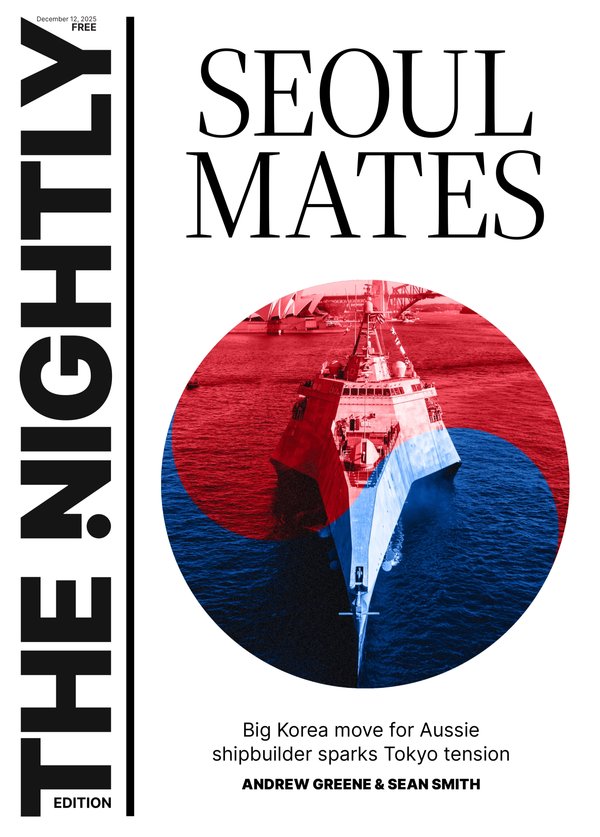Donald Trump’s Super Bowl tariffs are an act of self-harm and will rust relations

Last year dozens of countries proposed or introduced new tariffs on steel imports.
Most aimed the measures at China, which they accused of flooding international markets with cheap metal.
On February 9, Donald Trump took a different approach: he picked up a scattergun instead of a sniper’s rifle.
Sign up to The Nightly's newsletters.
Get the first look at the digital newspaper, curated daily stories and breaking headlines delivered to your inbox.
By continuing you agree to our Terms and Privacy Policy.As the president flew to the Super Bowl in New Orleans, he told reporters on Air Force One that he would announce new tariffs of 25 per cent on all aluminium and steel imports into America. On February 10th the levies duly arrived.
Mr Trump has made clear that he sees tariffs as a way to incentivise foreign investment in America and boost production at home.
“It’s going to mean a lot of businesses are going to be opening in the United States,” Mr Trump told reporters in the Oval Office as he signed the order, which invokes domestic security as justification for the levies.
The new tariffs, which go into effect on March 12, will apply to all of America’s trading partners and will also cover finished metal products.
Such tariffs threaten to punish America’s allies more than its enemies — and will harm America’s own economy.
The volumes at stake are significant.
America imports 25 per cent of the steel it consumes, four-fifths of which is currently free of tariffs under agreements with Canada, Brazil, Mexico and the EU, its biggest suppliers, as well as other countries.
America also imports 70 per cent of its aluminium, some 60 per cent of which comes tariff-free from Canada.
The levies would therefore target commodities Uncle Sam mostly receives from friends, rather than from foes such as China and Russia.
Doug Ford, the premier of Ontario, a Canadian province, accused the American president of “shifting goalposts and constant chaos”.
Emmanuel Macron, France’s president, has said that Mr Trump should stop bashing Europe and focus on China instead.
Mr Trump’s first term offers some guide to what might happen next.
In 2018 the president announced a tariff of 25 per cent on imported steel and another of 10 per cent on aluminium.
Within months he had reached deals with most of America’s biggest suppliers and granted exemptions; the Biden administration later agreed to replace some tariffs with quotas.
Even blunted, the measures encouraged investment in domestic steelmaking, where capacity has risen by 6 per cent since 2018.
Yet this did not lead to a big boost in production, which remains below levels in 2019, as does the number of people employed by steel mills.
Last year output of fresh aluminium fell to its lowest this century.
Even with tariffs, domestic demand simply has not been strong enough to inspire a boom.
In principle, there is now space for metal production to increase.
America’s raw-steel mills are used to around 60 per cent of capacity (80 per cent is seen as the optimum).
In reality, America will still lack the expertise to produce plenty of refined products at home, says Matthew Watkins of CRU, a consultancy.
For instance, even after Mr Trump’s first tariffs, America continued to import just as many high-value-added products — including packaging steel and seamless tubes, which contain and transport liquids and fuels — from Europe as it did before.
America has few aluminium smelters, and building new ones can take years. In the interim it will continue to rely on imports.
Domestic producers, which now face less competition, are giddy.
The share prices of Century Aluminum and Nucor, the country’s largest aluminium and steelmakers respectively, rose by 10 per cent and 6 per cent following Mr Trump’s announcement.
The tariffs could also provide a fillip to US Steel, an ailing giant whose acquisition by Nippon Steel, a Japanese firm, was blocked by Joe Biden.
But this will be more than counterbalanced by both higher prices for consumers and the fact that industrial buyers of aluminium and steel will face higher costs.
Ehsan Khoman and Soojin Kim of MUFG, a bank, estimate that a 25 per cent tariff will push up the cost of a tonne of steel imported into America from $755 to over $900, negating a cost advantage that America currently enjoys over Europe.
Sheltered from competition, domestic firms will face less pressure to keep costs down.
Mr Trump’s tariffs could have even more profound implications for the way the global metals market works.
Shares in steel companies outside of America have fallen since Mr Trump’s 30,000-feet message.
Many will no doubt try to redirect some of their wares, pushing down prices outside America.
Other countries may erect trade barriers in response to protect their own industries.
The resulting glut in aggregate capacity could, in turn, ensure that international prices remain depressed even as protected metals firms grow rustier and greedier.
In America and elsewhere, Mr Trump’s metals wars will corrode the economy.
Originally published as Donald Trump’s Super Bowl tariffs are an act of self-harm
